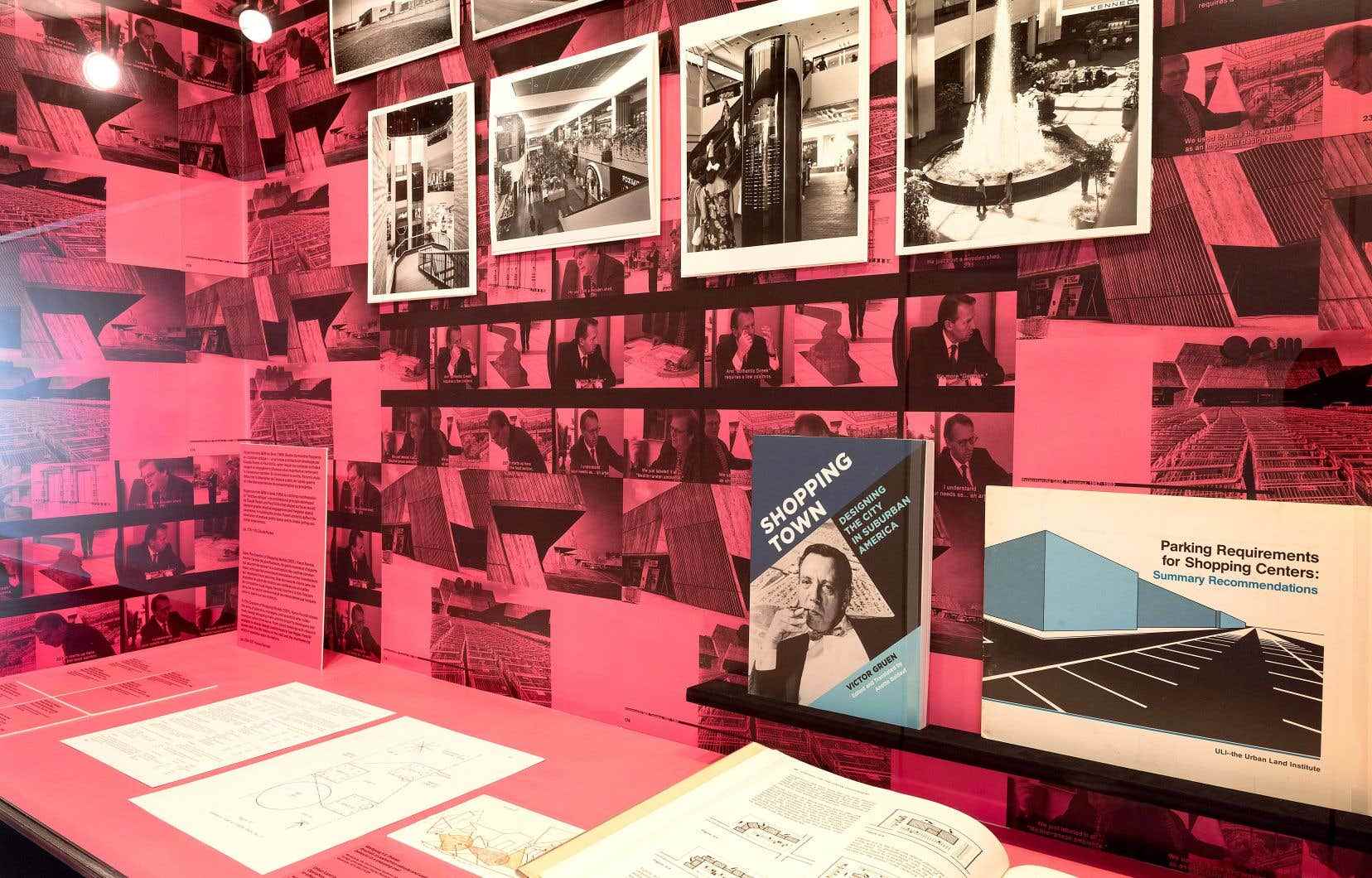A small exhibition at the Canadian Center for Architecture (CCA) traces an exciting and disturbing history of the modern world turned towards the consumption of ever new and more attractive products, having traveled the planet – sometimes several times – in an attempt to satisfy our desires and pleasures, not to say our whims.
For millennia, humanity has consumed products grown or created a few kilometers or a few tens of kilometers, at most, from where people lived. All this has been over since at least the 19th century.e century… This exhibition, which is called Final sale deals with both the emergence and the end of a certain type of trade, while also evoking the fact that past and present trade leads us towards a form of catastrophe, of precipitous sale, of final liquidation… The title original in English — Retail Apocalypse— is in this respect much stronger, much more realistic… Presented in 2020 at ETH Zurich, this exhibition explains very well how architecture has participated in wrapping up this extreme commodification of the planet where everything can be bought and sold. sale.
An era that is ending?
Have we been witnessing for a few decades already the end of convenience stores and even the end of retail trade, with these stores overlooking the street, inviting us to stroll and – let’s not idealize – above all to consume? At the turn of the 2000s, the Internet and Amazon had already driven a few nails into the coffin of this type of business, but the pandemic seems to have sealed the fate of this heavy trend… What will be the consequences? We could rejoice in such a situation, but what will it lead to? To an overconsumption even more disconnected from local life and the reality of the planet? Will the very idea of the city and the suburbs as we have developed them in modern times be outdated? No more shopping malls? Who will complain? No more walks in the shopping streets with friends to visit department stores? It’s not so bad… But who will gain from it? And what will remain of our current towns and city centres?
For some theoreticians, our experience of the city would have been reduced more and more to commercial strolls. In an explanatory panel, curators Fredi Fischli and Niels Olsen recall that the Harvard Guide to Shopping explained in 2001 how “shopping was surely the ultimate form of public activity”. An idea that does not seem to satisfy Jacques Herzog, the famous architect, of the Herzog de Meuron firm. In a video chat with the curators — a conversation you can hear in the exhibition — Herzog explains how he sees the current retail crisis as an opportunity to create more public spaces and exchanges, an aspect of city life that modern urban planning has missed.
In a first section, named Modern Talespresented in wall cases, the curators show how the mass consumerism that has developed since the beginning of the 19e century first made people dream. That’s the whole problem. Architects actively participated in this consumer capitalism by creating marvelous buildings. Among other things, it talks about the resplendent Bon Marché established in Paris, the first department store built in 1852. It also deals with the windows that many artists have appropriated… The catalog also reveals many more examples of artists who are used from the showcase as material: Dali, Warhol, Oldenburg…
In a second part, titled bonfire, installed in the octagonal room of the CCA, the visitor will be able to see videos – unfortunately none of which are subtitled in French – which deal with the invention or the return of the capitalism of enslavement. An enslavement of workers and employees, but also towards consumer products. Our identities are really tied to commodities. One of these videos goes further, stating how we accumulate forgotten objects before they are delivered to us… Isn’t that often true?
This exhibition comes as a presentation of Mika Rottenberg’s work dealing with hypercapitalism is being held in the mini-Museum of Contemporary Art. Could these be signs that our era is looking for ways to reinvent itself? Where can we deduce a frightening observation: artists, architects and intellectuals are ringing an alarm bell that few seem to hear?
Let’s continue to consume before the end of the world, or at least of THIS world!
